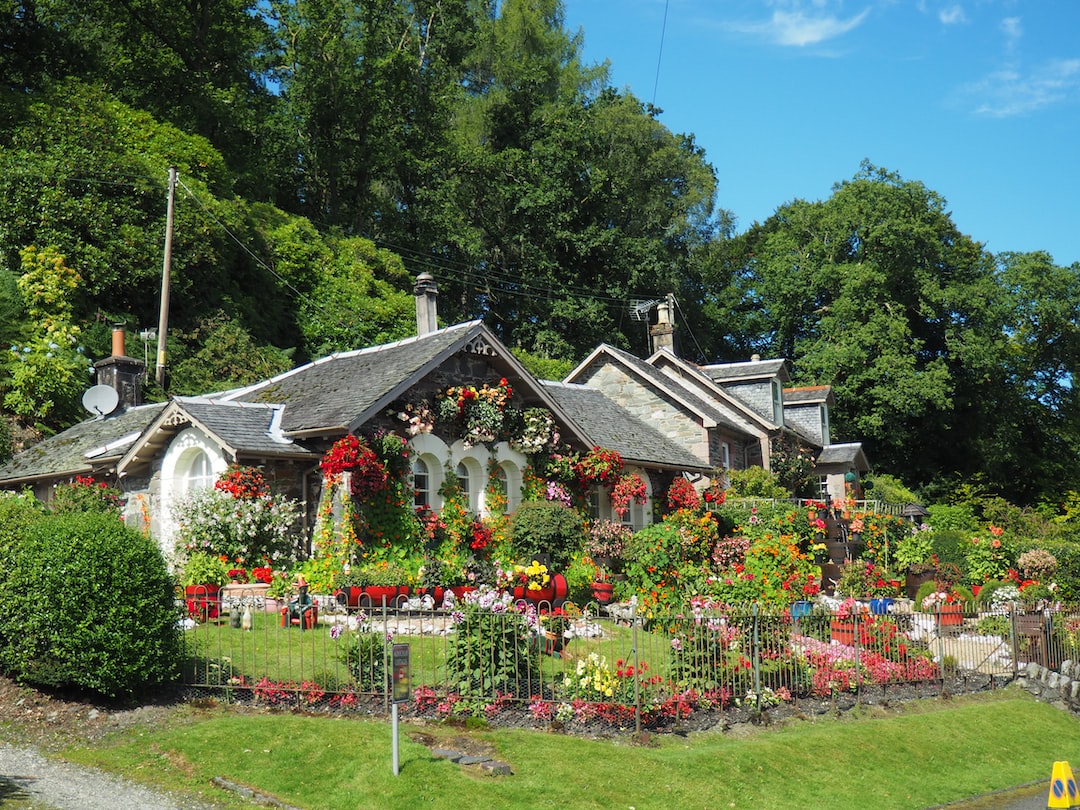Creating a Butterfly Garden to Attract Pollinators
Butterflies are not only fascinating creatures to watch, but they also play a crucial role in the pollination of plants. By creating a butterfly garden in your backyard, you can invite these beautiful creatures to visit and help support their populations. Not only will you be contributing to the conservation of these insects, but you will also be creating a vibrant and colorful space to enjoy. In this blog post, we will guide you through the process of creating a butterfly garden that will attract and benefit pollinators.
1. Choose the Right Location:
Before starting your butterfly garden, you need to carefully select the location. Butterflies are often sun-loving insects, so your garden should ideally receive at least 6 hours of direct sunlight each day. It is also important to choose a spot that offers some protection from strong winds. A sheltered area near a fence, wall, or hedgerow can provide the ease and stability necessary for butterflies to navigate.
2. Provide Food Sources:
Food is the primary concern for butterflies, so you need to provide nectar-rich flowers to attract them to your garden. Choose a variety of plants that bloom at different times throughout the year to ensure a continuous food supply. Some popular nectar plants for butterflies include milkweed, buddleia (also known as butterfly bush), coneflower, lantana, and salvia. These flowers not only attract butterflies but also add vibrant colors to your garden.
3. Plant Host Plants:
In addition to nectar plants, it is important to provide host plants for butterflies to lay their eggs. Host plants are species of plants on which caterpillars naturally feed. Different butterflies have different preferences, so research the species native to your area and include appropriate host plants. For example, monarch butterflies rely on milkweed as their host plant. By planting milkweed in your garden, you are giving monarchs a place to lay their eggs and ensuring their survival.
4. Avoid Pesticides:
Pesticides can harm butterflies and other beneficial insects. Instead of relying on chemical-based insecticides, embrace natural methods of pest control, such as companion planting or releasing beneficial insects like ladybugs. By avoiding pesticides, you create a safe and supportive environment for butterflies to thrive.
5. Provide Water Sources:
Butterflies need water to survive, so including a water source in your garden is crucial. Small, shallow puddles or a butterfly water feeder can do the job. Ensure that the water source is filled with clean water regularly to avoid stagnant water, which can become a breeding ground for mosquitoes.
6. Create Shelter and Resting Spots:
Butterflies need a place to rest, especially during hot weather or when they need to escape predators. Create sheltered spots in your garden by placing flat rocks or pieces of wood where butterflies can perch and warm their wings in the sun. You can also include tall grasses or shrubs for shelter from strong winds or as a place for butterflies to hide during cooler temperatures.
7. Think Long-Term:
Creating a butterfly garden is a long-term commitment. Regular maintenance, such as weeding, pruning, and deadheading, will keep your garden healthy and attractive to butterflies. Monitor the health of your plants and intervene promptly if any pests or diseases appear. Also, keep in mind that the blooming periods of different plants may vary, so ensure that there is always a food source available for the butterflies throughout the year.
In conclusion, creating a butterfly garden to attract pollinators is not only a beautiful addition to your backyard but also a meaningful way to support butterfly populations and contribute to the overall ecosystem. By providing nectar-rich flowers, host plants, water sources, and shelter, you can create an inviting haven for butterflies to flourish. Remember to avoid pesticides and think long-term by maintaining your garden regularly. So why not embark on this rewarding journey and bring the magic of butterflies to your own yard?

